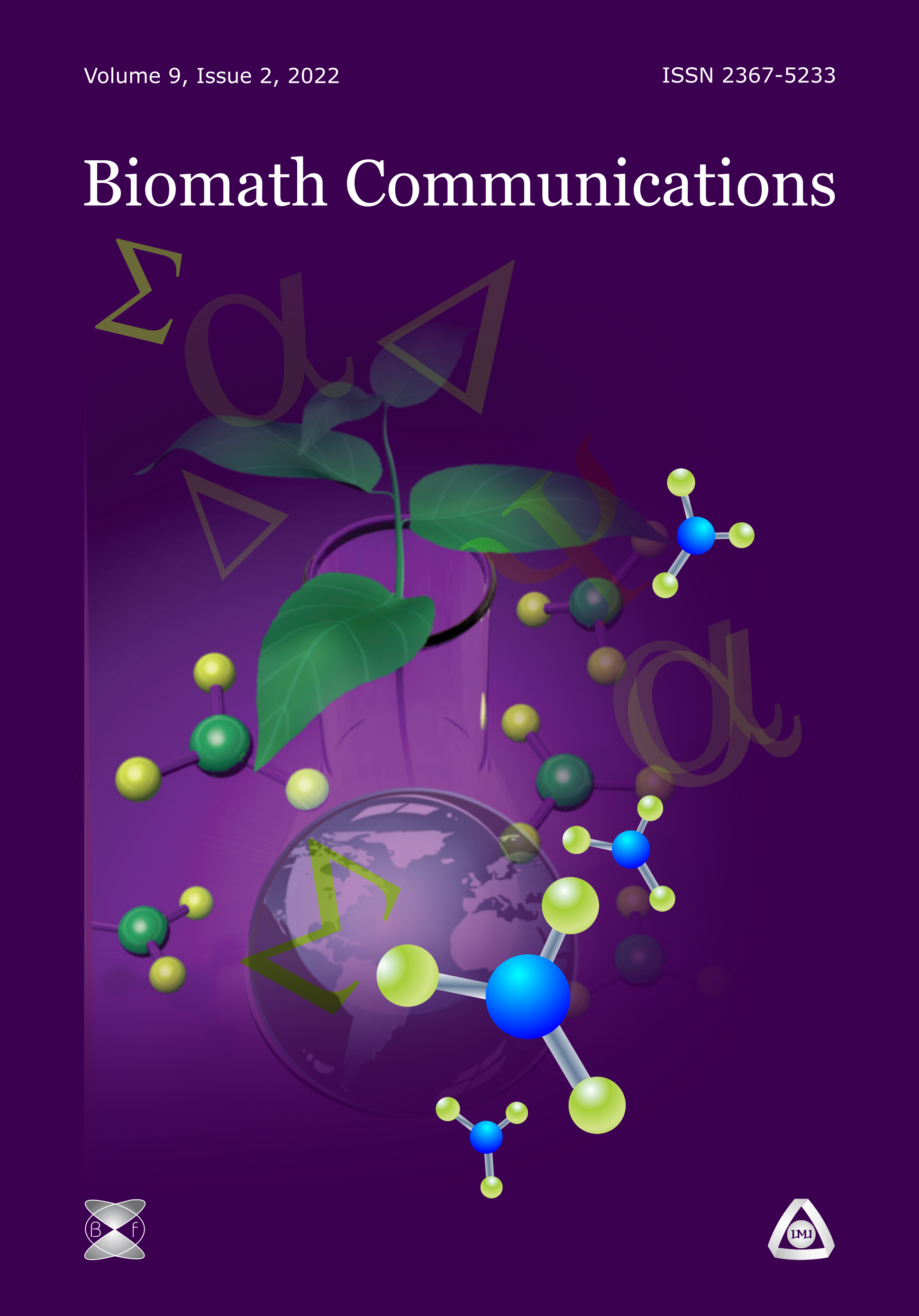A Three-dimensional Computational Model to Investigate the Influence of Spatial Heterogeneity on the Antibiotic Tolerance of Bacterial Biofilms
DOI:
https://doi.org/10.11145/cb.v3i1.694Abstract
In this work, we investigate the antibiotic susceptibility of bacterial biofilms with the exclusion of genetic factors using a 3D cellular automata model for biofilm growth.В Each cell is treated as an individual entity, and is tracked separately as the simulation marches forward in time.В The model incorporates processes of nutrient and antibiotic transport, cell growth, division, death, and detachment.В In addition, the dynamics and spatial distributions of slow- and fast-growing cells were also monitored to the level of individual cells, and cell clusters.The model predicted the formation of a mosaic-like architecture comprising of metabolically dormant cellular microniches embedded within faster growing cell clusters and EPS.В These inactive cells were less susceptible to killing by antibiotic.В We propose that (i) the surrounding high-activity cell clusters act as a reaction-diffusion barrier, thereby restricting antibiotic penetration to the low growth-rate clusters, and (ii) low-activity cells consume antibiotics at a diminished rate, thereby reduced efficacy of treatment.В The antibiotic response exhibited three distinct phases. ...
Downloads
Published
Issue
Section
License
The journal Biomath Communications is an open access journal. All published articles are immeditely available online and the respective DOI link activated. All articles can be access for free and no reader registration of any sort is required. No fees are charged to authors for article submission or processing. Online publications are funded through volunteer work, donations and grants.
Authors who publish with this journal agree to the following terms:
- Authors retain copyright and grant the journal right of first publication with the work simultaneously licensed under a Creative Commons Attribution License 4.0 that allows others to share the work with an acknowledgement of the work's authorship and initial publication in this journal.
- Authors are able to enter into separate, additional contractual arrangements for the non-exclusive distribution of the journal's published version of the work (e.g., post it to an institutional repository or publish it in a book), with an acknowledgement of its initial publication in this journal.
- Authors are permitted and encouraged to post their work online (e.g., in institutional repositories or on their website) prior to and during the submission process, as it can lead to productive exchanges, as well as earlier and greater citation of published work (See The Effect of Open Access).

